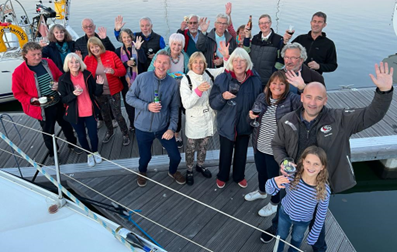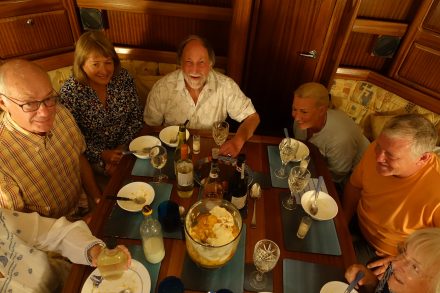Hi Ian
The diode splitter is basically a dumb device which splits the charge between the two battery banks. One of the problems with them is that you suffer voltage loss through them of anywhere between 0.5 and 1.5 volts. On my boat, I was only getting 12.9v out of the diode splitter, but the alternator was pushing out 13.6v. As you can imagine, 12.9v is pretty rubbish. If you have a modern alternator, you can just replace the diode splitter with a VSR, which basically does the same thing but without the voltage loss.
The Sterling A to B is an altogether different beast. What it does is very clever. It treats the battery banks completely separately. It charges the engine battery first, pretty much as you would get if the alternator was attached directly to it. What it then does for the house bank is to drag the voltage at the alternator down so that the alternator produces maximum amps. It them boosts the voltage back up. The net result is that you get massively more charge going into your house batteries. It also acts as a proper 4-stage charger, so will pause the fast charge every so often for a few minutes to let the batteries settle and cool, and once the batteries are fully charged it will put them onto a float charge.
It’s a really easy unit to install, as it just uses the same 3 connections as the diode splitter (so it’s a simple swap-out), and you just need to run a return cable to the battery negative system.
It does put a fair bit of load onto the alternator and can generate black dust off the belt, so you need to replace the belt every year or two, but it’s a complete game-changer when it comes to charging the house bank, especially if you have an older alternator like a 60a Valeo that was fitted by Volvo.




